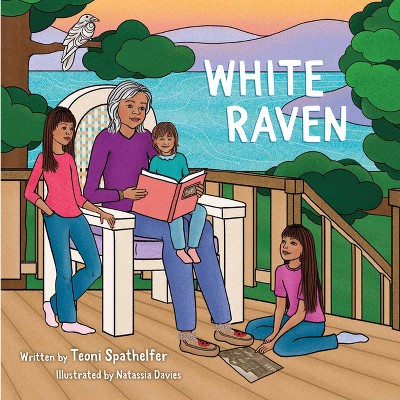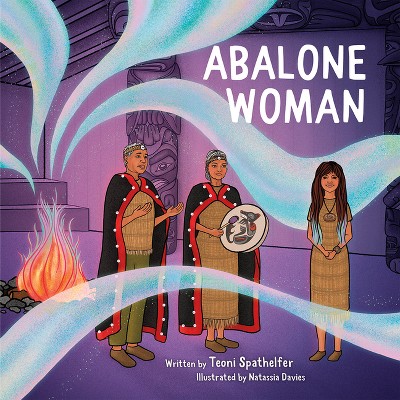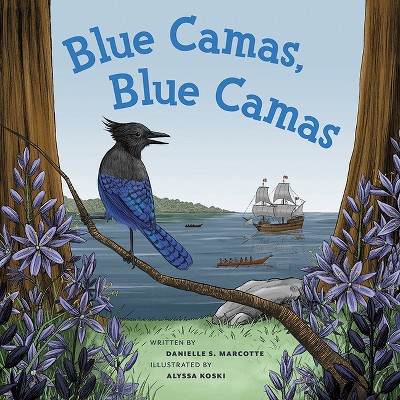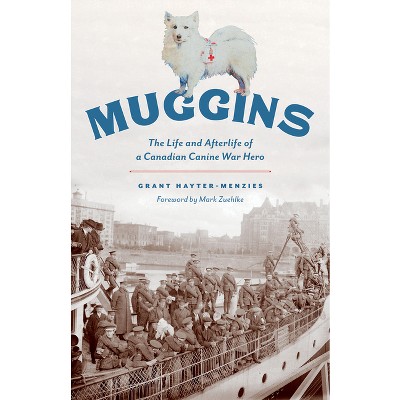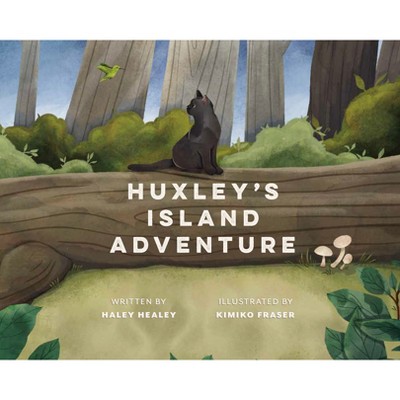About this item
Highlights
- FINALIST FOR TWO 2021 CANADIAN CHILDREN'S BOOK AWARDSThis fictional coming-of-age story traces a young girl's reluctant journey by canoe through the ancestral lands of the Tlı̨chǫ People, as she gradually comes to understand and appreciate their culture and the significance of their fight for self-government.
- 9-12 Years
- 7.9" x 5.3" Paperback
- 144 Pages
- Juvenile Fiction, People & Places
Description
About the Book
"Eleven-year-old Julia has lived in Wekweáetái, NWT, since she was four. Although the people of Wekweáetái have always treated her as one of their own, Julia sometimes still feels like an outsider, disconnected from the traditions and ancestral roots that are so central to the local culture. When her best friends, Layla and Alice, invite her on a canoe trip, Julia is excited. However, the trip is nothing like she expected. She is afraid of falling off the boat, of bears, and of storms. Layla's grandparents (who Julia calls Grandma and Grandpa) put her to work but won't let her paddle the canoe. While on land Julia would rather goof around with her friends than do chores. Gradually, Grandma and Grandpa show her how to survive on the land and pull her own weight, and share their traditional stories with her. Julia learns to gather wood, cook, clean, and even paddle the canoe, becoming more mature and responsible each day. The journey ends at Behchoko, where the historic T±ñ¸chño Agreement is signed, and the T±ñ¸chño People celebrate their hard-won right to self-government. Julia is there to witness history. Inspired by true events, this story was written at the request of John B. Zoe, Chief Negotiator of the T±ñ¸chño Agreement, as a way of teaching the youth of Wekweáetái about that landmark achievement."--Publisher's description.Book Synopsis
FINALIST FOR TWO 2021 CANADIAN CHILDREN'S BOOK AWARDS
This fictional coming-of-age story traces a young girl's reluctant journey by canoe through the ancestral lands of the Tlı̨chǫ People, as she gradually comes to understand and appreciate their culture and the significance of their fight for self-government.
"Journal of a Travelling Girl deserves to be in every northern classroom. There is so much to learn here, and there is so much to celebrate." --Richard Van Camp, Tlįchǫ author of The Lesser Blessed and Moccasin Square Gardens
Eleven-year-old Julia has lived in Wekweètì, NWT, since she was five. Although the people of Wekweètì have always treated her as one of their own, Julia sometimes feels like an outsider, disconnected from the traditions and ancestral roots that are so central to the local culture.
When Julia sets off on the canoe trip she is happy her best friends,
Layla and Alice, will also be there. However, the trip is nothing like she expected. She is afraid of falling off the boat, of bears, and of storms. Layla's grandparents (who Julia calls Grandma and Grandpa) put her to work but won't let her paddle the canoe. While on land Julia would rather goof around with her friends than do chores. Gradually, Grandma and Grandpa show her how to survive on the land and pull her own weight, and share their traditional stories with her. Julia learns to gather wood, cook, clean, and paddle the canoe, becoming more mature and responsible each day. The journey ends at Behchoko, where the historic Tlı̨chǫ Agreement of 2005 is signed, and the Tlı̨chǫ People celebrate their hard-won right to self-government. Julia is there to witness history.
Inspired by true events, this story was written at the request of John B. Zoe, Chief Negotiator of the Tlı̨chǫ Agreement, as a way of teaching the Tlı̨chǫ youth about that landmark achievement. Journal of a Travelling Girl has been read and endorsed by several Wekweètì community members and Elders. The book will appeal to both Indigenous and non-Indigenous children for its relatable themes of family, loss, coming-of-age, and the struggle to connect with tradition and culture.
Review Quotes
"Journal of a Travelling Girl is
an absolutely wonderful and timely book that will appeal to girls and
boys of any race, colour, or creed. During this time of reconciliation
it is necessary for all young people to learn and embrace the ways of
our Indigenous ancestors. This book will do that!" --Verna J. Kirkness,
author of Creating Space: My Life and Work in Indigenous Education
"As a person born and raised right on the land, Nadine Neema's Journal of a Travelling Girl rings as true to me as the blue skies and open land she so lovingly recounts." --Antoine Mountain, Dene writer and artist
"Journal of a Travelling Girl is not only about people who
generously welcome a young girl to share in a special journey, but it
introduces readers to an important moment of history." --Kathy Lowinger,
co-author (with Eldon Yellowhorn) of What the Eagle Sees: Indigenous Stories of Rebellion and Renewal and Turtle Island: The Story of North America's First People
"Nadine Neema presents a unique and enlightening glimpse into the
customs and culture of the Wekweèti community while exploring themes of
acceptance, tolerance, equality, and reparation. . . This is a crucial
and timely story. A must read for young readers!" --Tina Athaide, author
of Orange for the Sunsets
"A wonderful account, through the eyes of a young girl, of our
people's ways of doing things today, guided by our strong history of
storytelling." --Tammy Steinwand, Director, Department of Culture and
Lands Protection, Tlicho Government
"What an absolute treasure for the Tlicho Nation and for the world. . . Journal of a Travelling Girl
deserves to be in every northern classroom. There is so much to learn
here, and there is so much to celebrate." --Richard Van Camp, Tlicho
author of The Lesser Blessed and Moccasin Square Gardens
"Journal of a Travelling Girl gives young readers the chance to imagine themselves on a journey as they read about it through the main character... Neema clearly conveys the modes of teaching afforded by the journey and the community's Elders, as well as the historic moment the Tlicho Agreement for self-government and land ownership came into effect... The author shares from a place of knowledge, in deep collaboration with the First Nation concerned... This is an important story, not just for those whose lives it touches directly, but for all in Canada."
--Jury for the 2021 CCBC Jean Little First-Novel Award








